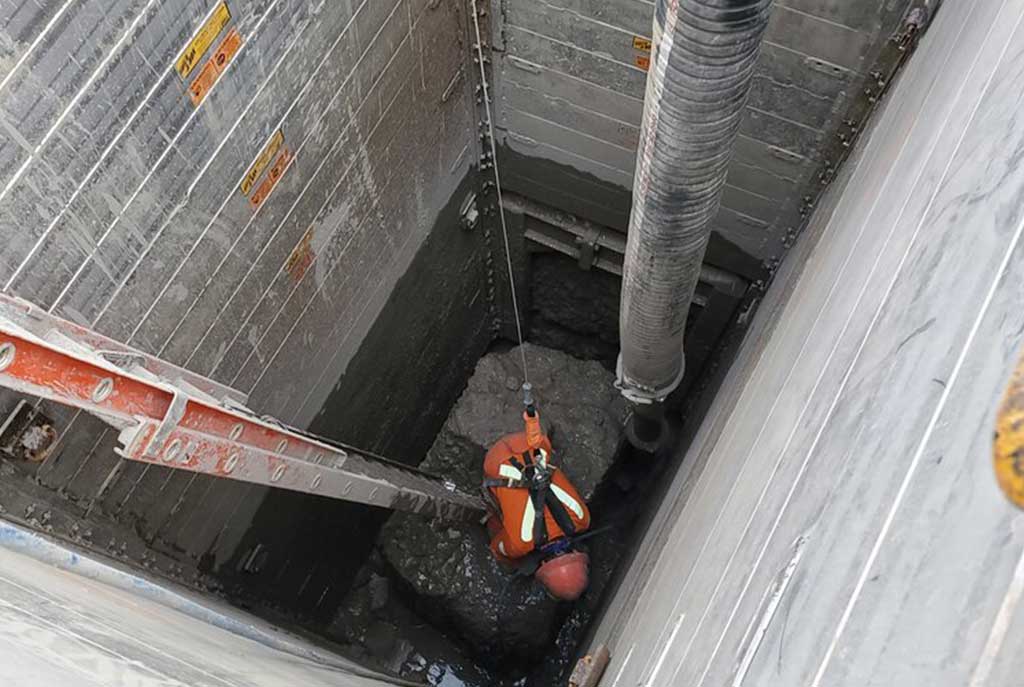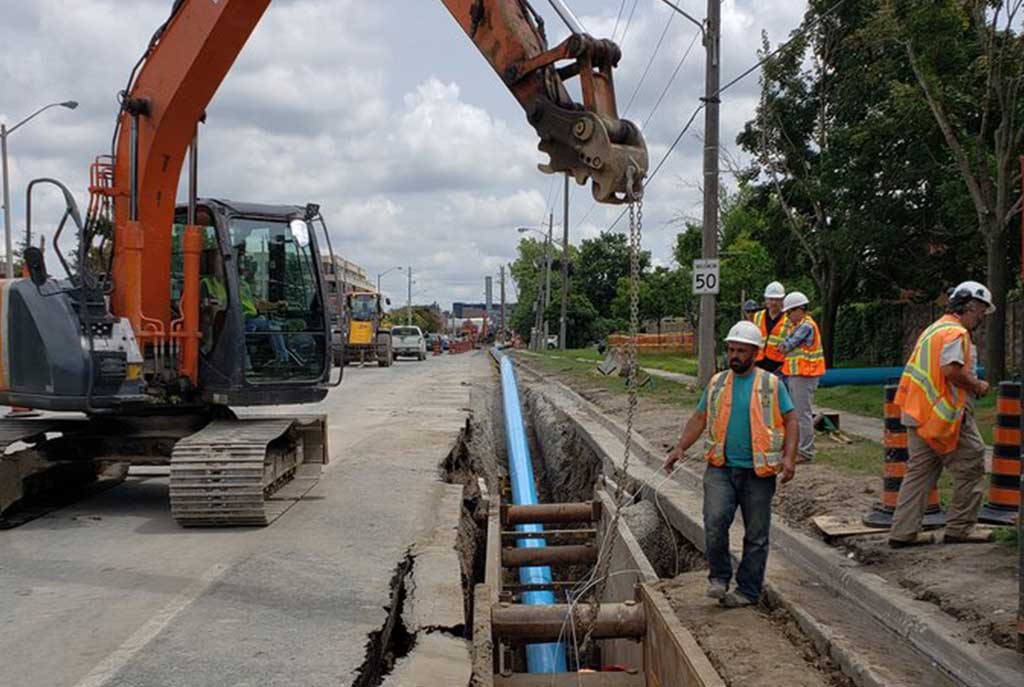Marker Vac specializes in HDD (Horizontal-Directional-Drilling) Hydro-Vac excavation and HDPE fusion services.
Comprehensive construction solutions since the late 90’s.



Marker Vac specializes in HDD (Horizontal-Directional-Drilling) Hydro-Vac excavation and HDPE fusion services.
Comprehensive construction solutions since the late 90’s.

Spotting utilities for Subsurface Utility Engineering/Investigation (SUE). Exposing; prior to digging or drilling, all utilities that will be in the dig area in order to avoid contact when mechanically excavating.

In areas where locate records are incomplete or utilities are too close for conventional excavation hydro excavation offers a safe means of completing the trench.

When utilities are too close to and within the intended dig area hydrovaccing is the optimum way to remove the material between utilities necessary to install the shoring

rom fence posts to large poles hydrovaccing is a quick, tidy and efficient way of removing the soil to make room for the pole, especially in the vicinity of utilities

Horizontal directional drilling (HDD) is a trenchless method of installing utilities; plastic, PVC, steel or cable through the ground without disturbing the surface. Originally utilized under roads, highways, rivers and even buildings; directional drilling is now a clean and quick way of installing utilities along rural corridors.

Fusion is completed by melting the ends of the HDPE pipe and then forcing the ends together with pressure. The pipe is first cleaned of any impurities and faced using razors that shave the ends of the pipe square ensuring a proper alignment. The pipe ends are then exposed to the iron at high temperature to heat soak for a period of time dependent upon wall thickness and diameter. The ends of pipes are then pushed together with hydraulic pressure until cooled.

Used in tie in pits and other areas where there is very little room to work. The pipe ends are scraped clean of impurities before sliding the coupling over the ends of the pipes. The electrofusion processor is then attached to the leads of the coupling. The processor sends a predetermined current to the electrical coils embedded within the coupling that heat up; melting the pipes and coupling into one solid piece.

Some applications of HDPE require that the fusion bead be removed from the inside of the pipe. This is especially true of high voltage electrical lines where premature degradation is a concern. During the fusion process the debeader is placed into the pipe and before the fusion completely cools the cutter heads razors are actuated. The cutting head is rotated removing the bead from the pipe. The debeading tool is then extracted from the pipe bringing the detached bead with it.
![]()
31 Keyes Court, Woodbridge,
Ontario L4H 4V6
Phone: 905-266-1500
Email: info@capitalinfrastructuregroup.ca